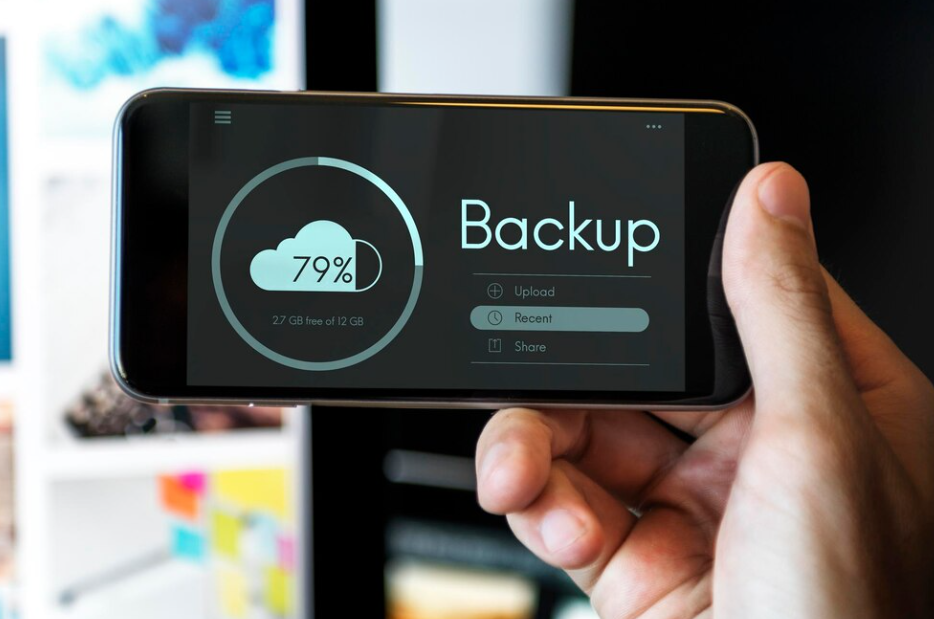
The tech world trembles! Apple has finally unveiled its much-anticipated Apple Vision Pro, promising to revolutionize the Augmented Reality (AR) and Virtual Reality (VR) landscape. But is it truly the reigning champion in this ever-evolving arena? Let’s delve into the Apple Vision Pro‘s strengths and weaknesses, comparing it to its major competitors to see who truly sits on the AR/VR throne.
Cutting-Edge Tech: Apple Vision Pro Leads the Charge
The Apple Vision Pro boasts an impressive array of cutting-edge technologies:
Unparalleled Display: Feast your eyes on a stunningly high-resolution display with HDR capabilities, offering unparalleled visual clarity and depth perception. Say goodbye to pixelated worlds and hello to hyper-realistic immersion.
Mixed Reality Magic: Unlike its purely VR competitors, the Apple Vision Pro seamlessly blends the real and virtual worlds. Imagine overlaying digital information on physical objects, creating a truly mixed reality experience.
Eye-Tracking Precision: The Apple Vision Pro’s eye-tracking technology ensures your gaze precisely controls virtual elements, offering an incredibly natural and intuitive interaction. No more clunky controllers, just pure, responsive movement.
A Feast for the Senses: Spatial audio with dynamic head tracking creates a soundscape that adapts to your movements, further immersing you in the virtual environment.
But is it All Sunshine and Rainbows?
While the Apple Vision Pro shines with its innovative features, there are aspects to consider:
Premium Price Tag: Prepare to dig deep into your pockets. The Apple Vision Pro’s cutting-edge tech likely comes with a hefty price tag, potentially making it less accessible to the average consumer.
Limited App Ecosystem: As a new entrant, the Apple Vision Pro might initially lack a vast app library compared to established competitors. Developers need time to jump on board and create compelling experiences.
Privacy Concerns: Apple‘s history with data collection raises eyebrows. Users might be wary of sharing their gaze and movement data, even with Apple’s assurances of privacy.

The Contenders: Who Else is in the Game?
The Apple Vision Pro faces formidable competition:
Meta Quest 2: Offering a more affordable VR experience with a vast library of games and apps, the Quest 2 caters to budget-conscious users and early VR adopters. However, its resolution and features pale in comparison to the Apple Vision Pro.
Microsoft HoloLens 2: This enterprise-focused AR headset boasts robust functionality and specialized software, making it ideal for professionals. However, its high price and bulky design limit its appeal to mainstream consumers.
Other Emerging Players: Startups and established tech giants like Sony and Valve are constantly innovating, promising exciting new AR/VR experiences. The competition is fierce, and the landscape is constantly changing.

So, Who Rules the AR/VR World?
Declaring a single ruler is premature. Each headset caters to specific needs and preferences:
For cutting-edge tech and premium experience: The Apple Vision Pro is a frontrunner, but be prepared for a hefty price tag.
For budget-conscious VR enthusiasts: The Meta Quest 2 remains a solid choice with its extensive library and established user base.
For professionals seeking enterprise-grade AR applications: Microsoft HoloLens 2 holds its ground with its robust functionality and specialized software.
Ultimately, the “ruler” depends on your individual needs and preferences. But one thing is certain: the Apple Vision Pro has thrown its hat into the ring, shaking up the AR/VR game and pushing the boundaries of what’s possible. The future of immersive experiences is bright, and the competition is only getting fiercer. Stay tuned, tech enthusiasts, because the AR/VR revolution has just begun!
For more such contents, visit >> TECH










Post Comment